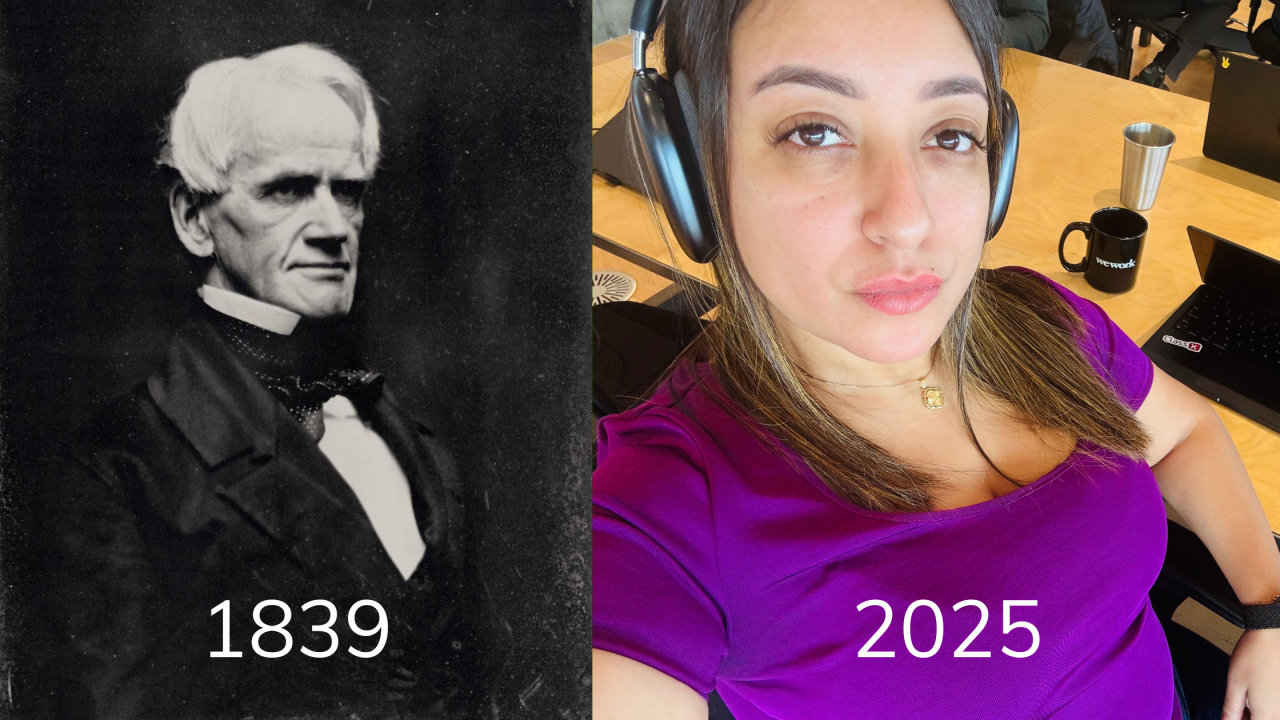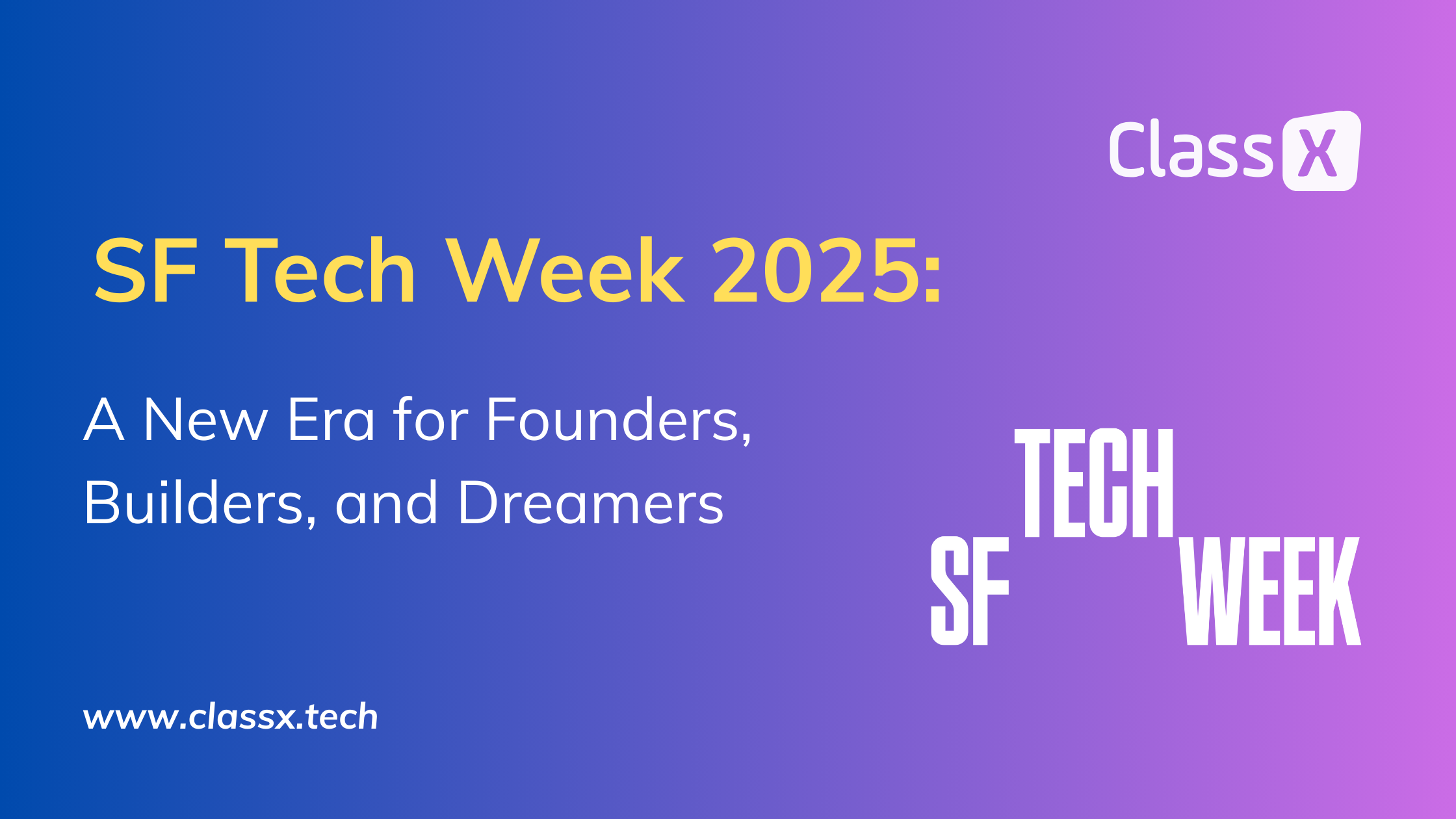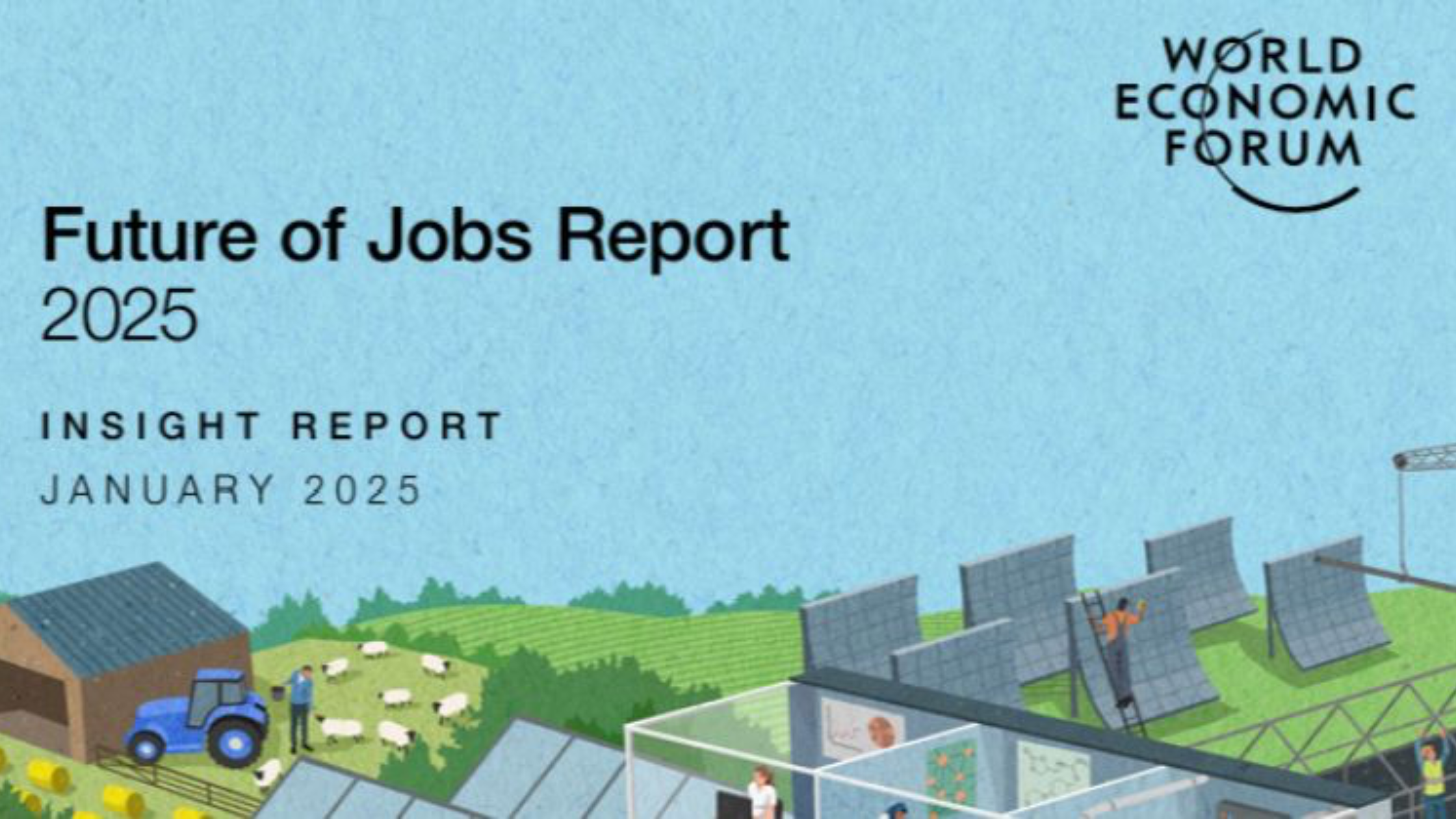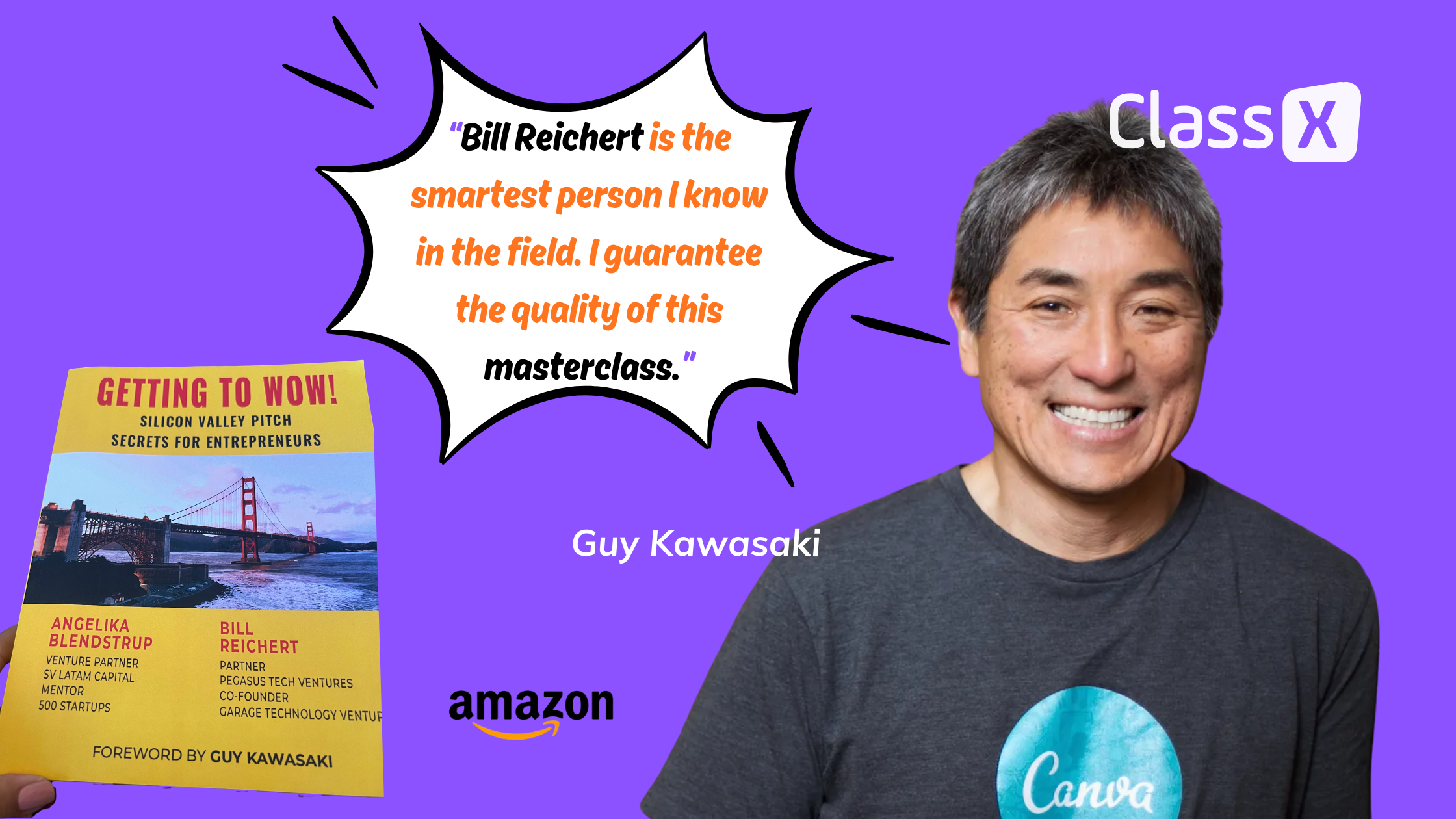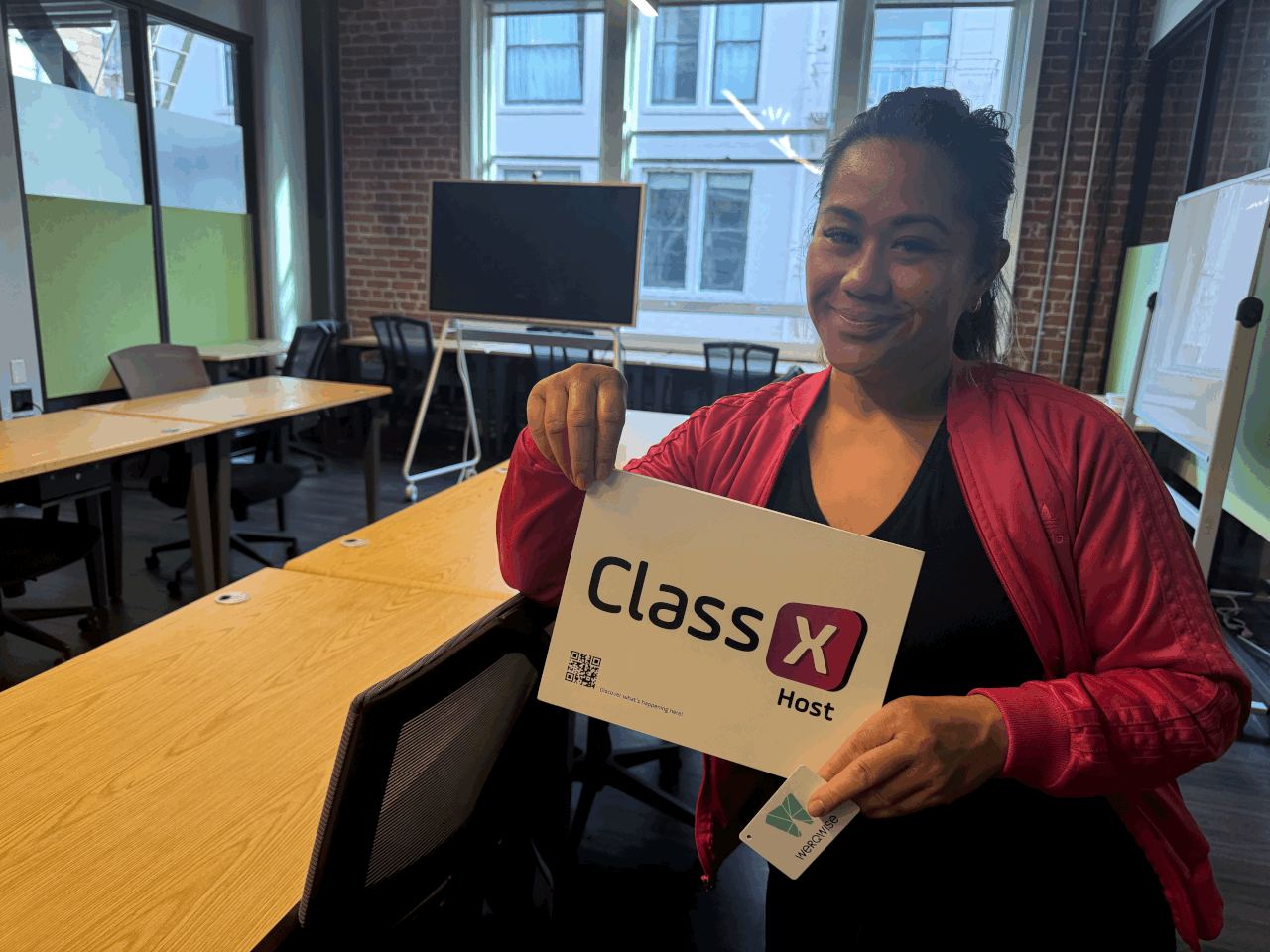San Francisco went from cable cars to self driving cars… but somehow, it’s still running education like it’s 1850.
Let me explain.
The idea for this piece hit me while I was walking along the Embarcadero in San Francisco. I stumbled upon a small public exhibition showcasing the city’s transit history and there it was: The old Clay Street Hill Railroad.
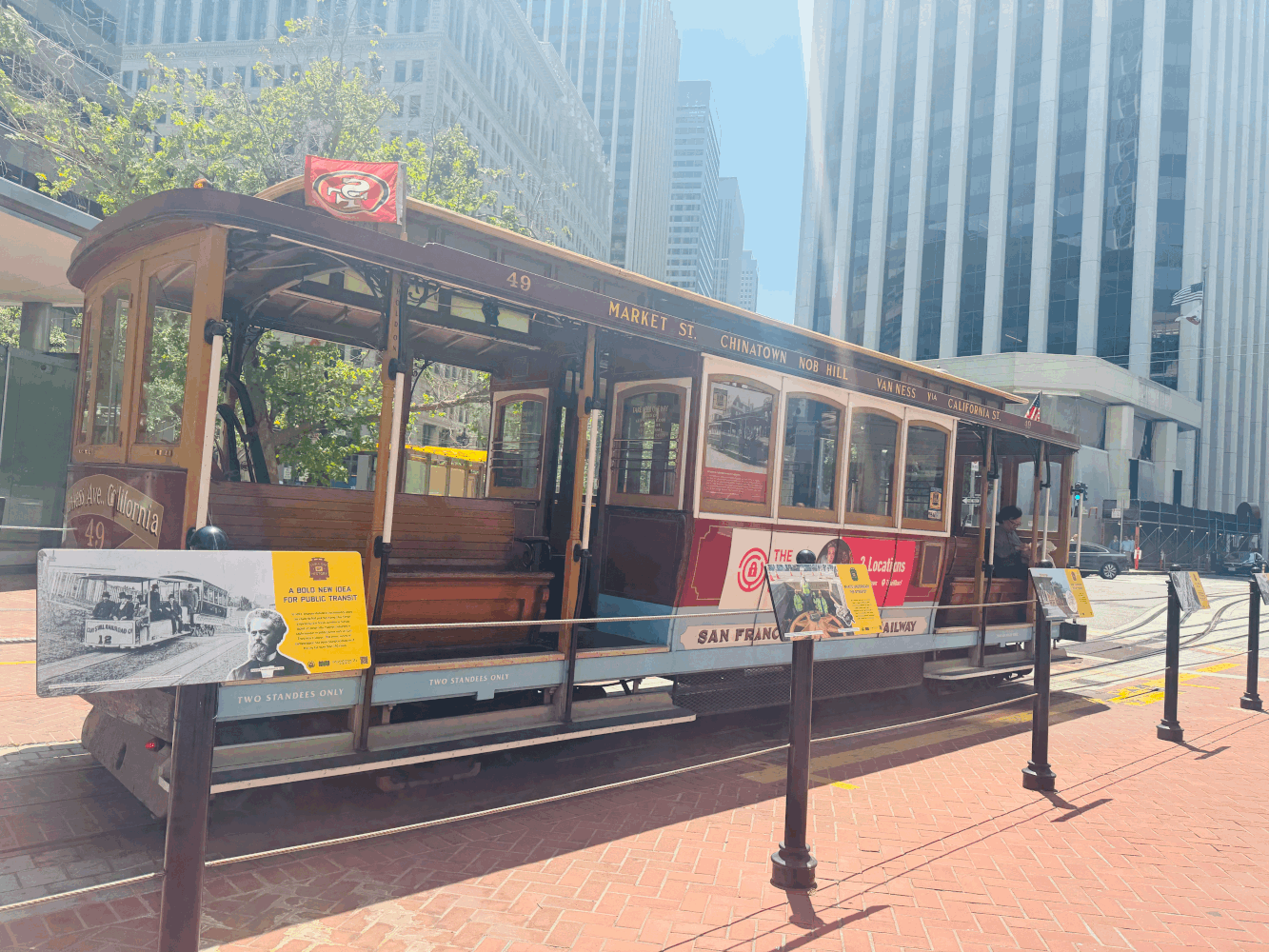
Right next to it, a quote from Andrew Smith Hallidie, the man behind the world’s first cable car line. He called it a bold idea for public transit.
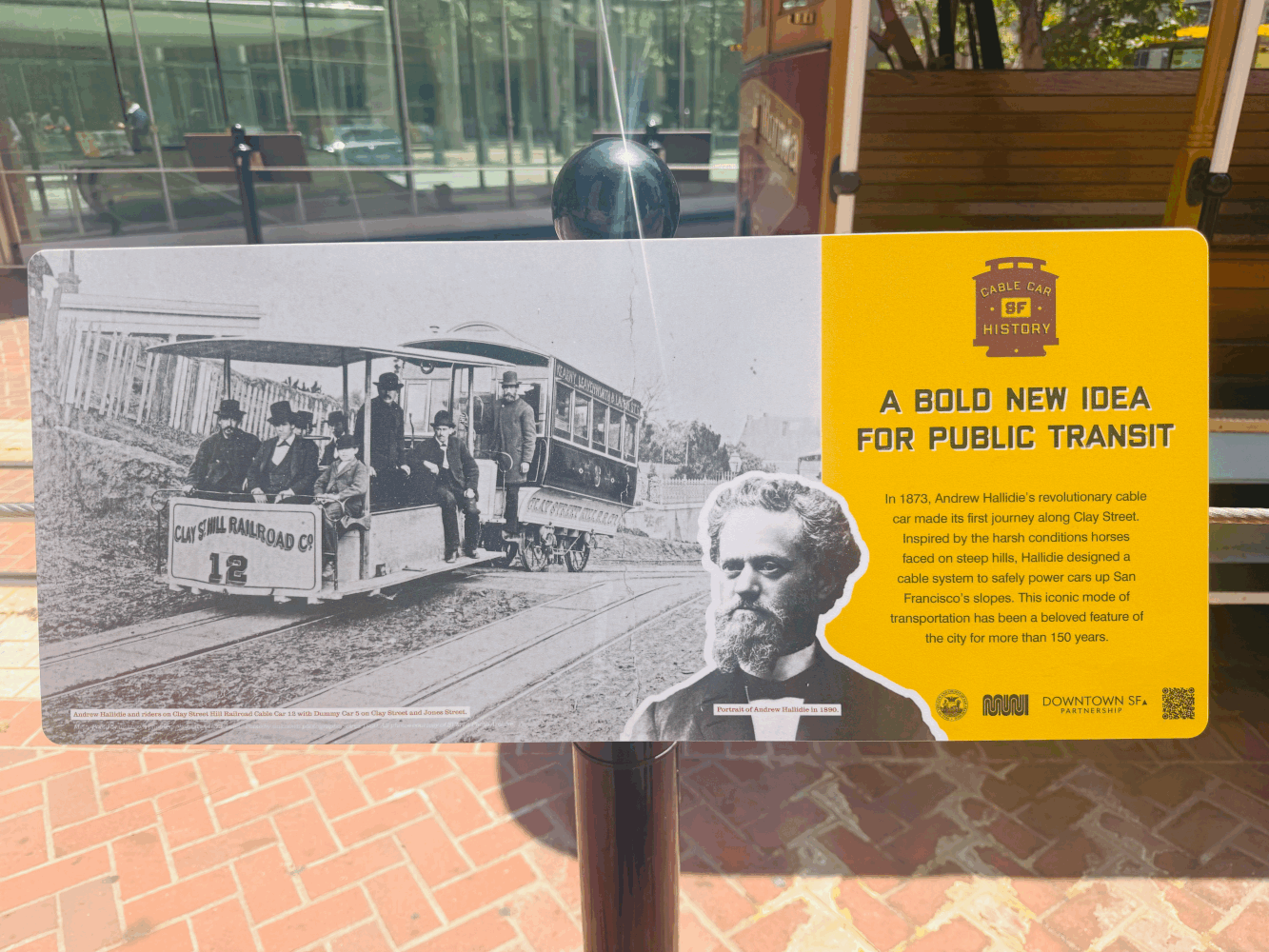
And I couldn’t help but think: this is what reimagining a system looks like.
1873 – Clay Street, San Francisco Hallidie stood at the top of one of the city’s steepest hills with a wild idea: build a cable car line to carry people uphill. Everyone thought he was out of his mind.
Too steep. Too dangerous. Too ambitious.
But he did it anyway. And it worked.
The first successful cable car system in the world was born. Hallidie laid down not just tracks, but a new kind of movement. He challenged gravity and the status quo with a solution that moved people differently.
Fast forward to today. We’ve gone from cable cars to Waymo One, offering fully autonomous rides on public streets in San Francisco and from rails to ambitious visions of flying cars and private space travel.
We’ve transformed how we move, how we communicate, how we work, date, build communities even how we care for one another.
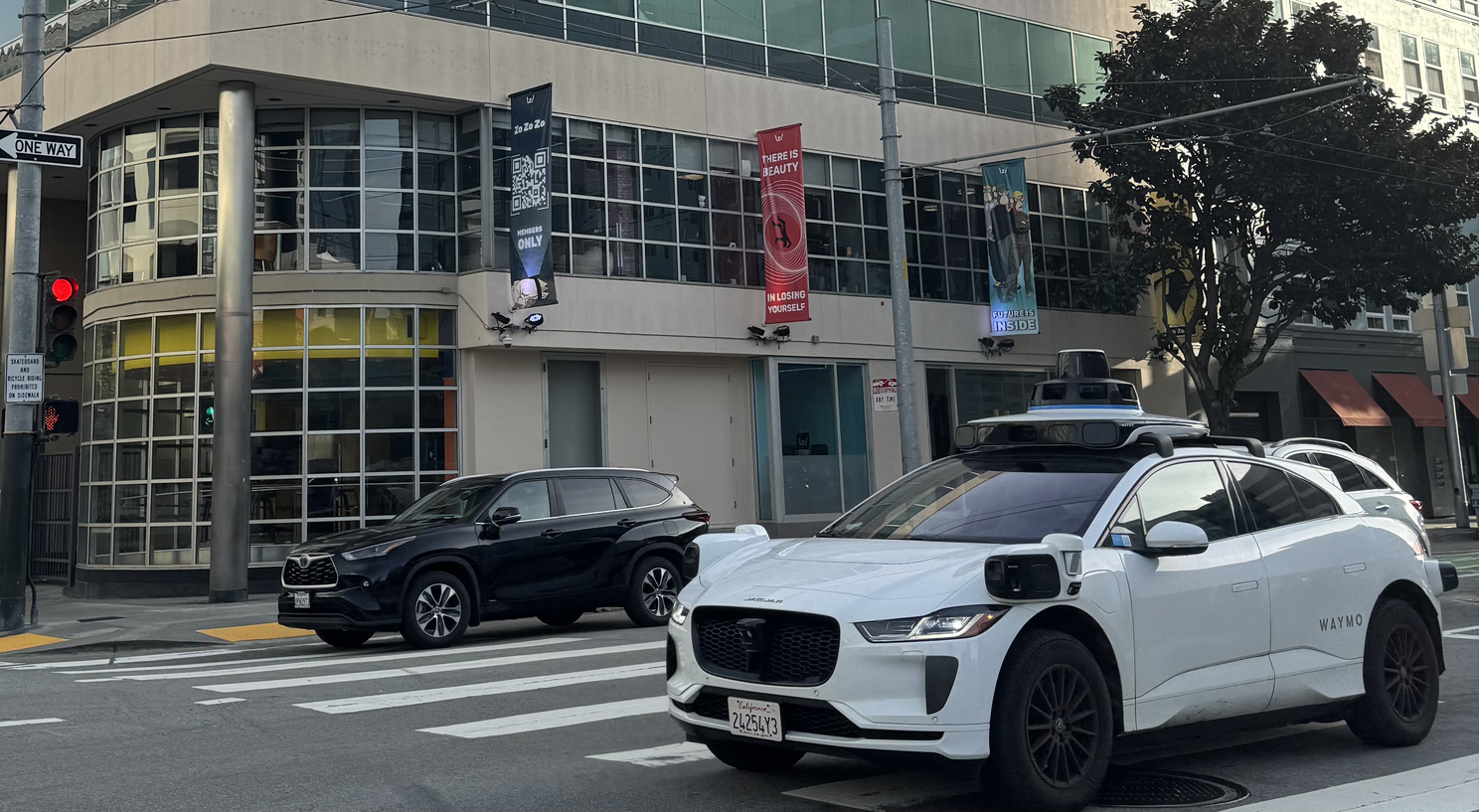
Isn’t it time we transforme how we systemically learn, too?
Enter Horace Mann. Born 1796. Still known as the “father of modern education.”
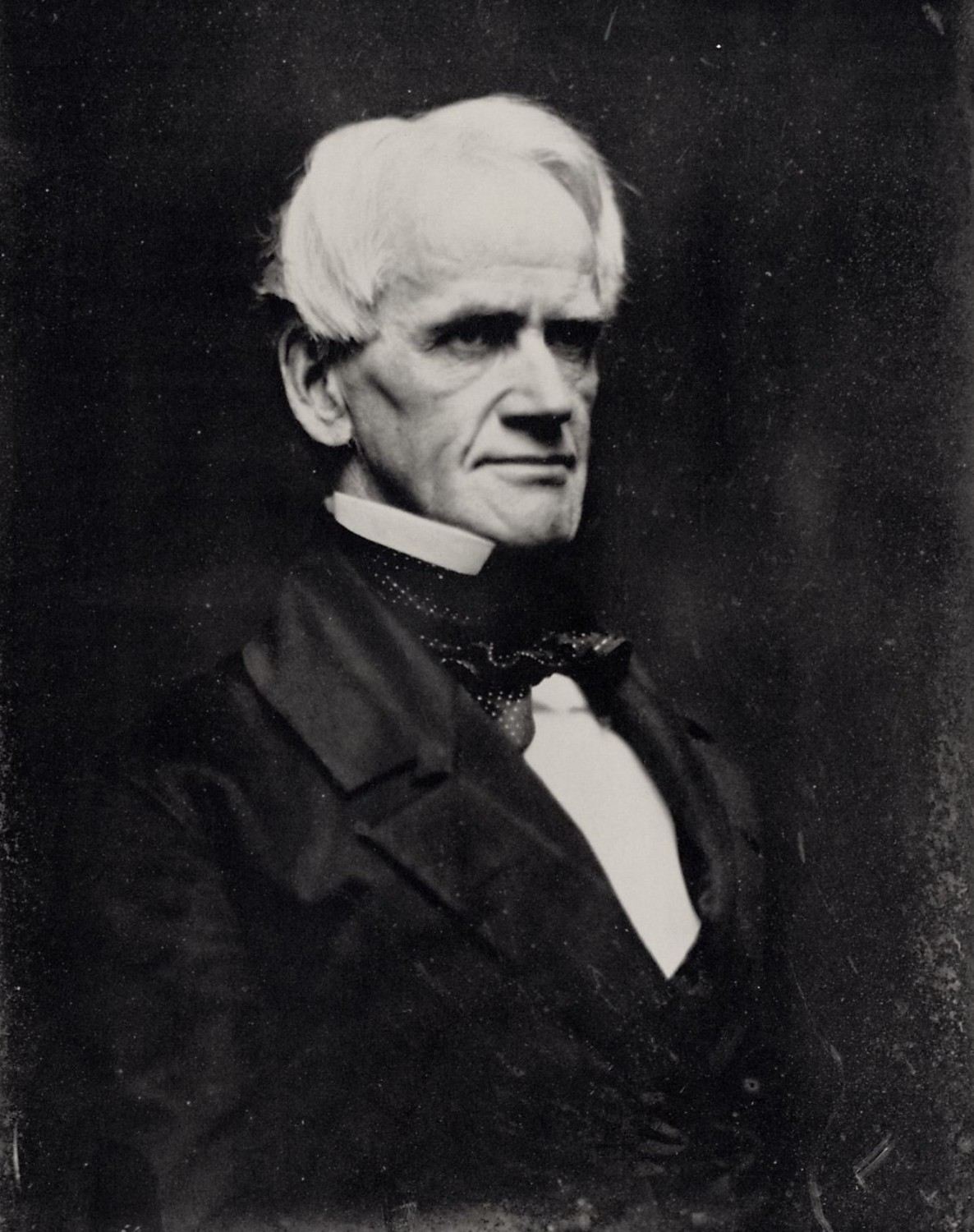
In the mid-19th century, as the Industrial Revolution surged forward, society needed disciplined, punctual, and obedient workers for factories and mass production lines. Horace Mann, inspired by Prussian educational models, rose to the occasion. He wasn’t trying to hold anyone back, he genuinely believed education could be the great equalizer.
And for the 19th century, he did well.
He created a system that worked for the world of his time:
- Uniform, standardized curriculum
- Bells and strict timetables to mirror factory shifts
- Rigid classroom structures with desks in straight rows
- A focus on repetition and memorization over exploration and creativity
It worked… for the 19th century. But we’re still running that same operating system today, long after the world it was designed for has disappeared.
We’ve entered an era that demands entirely different inputs, skills like creativity, emotional intelligence, adaptability, and collaboration. Yet we’re still applying an industrial framework to a post-industrial world. It’s like trying to run modern software on a steam-powered machine.
Instead of patching the old model, we need a fresh foundation. One designed for agility.
Just like Hallidie looked at a steep hill and saw not a barrier but an invitation to innovate, we’re standing at the base of our own hill today.
EdTech? Online Learning? AI tutoring?
Ok but here’s the truth: the solutions brought by technology so far have mostly promoted isolation, not connection. Online learning? It’s a Band-Aid. 10% completion rate. It digitized content, not learning. And yes, it’s been a great leap. Yes, AI is an incredible tool to help us personalize and optimize how and what we learn.
But let’s not confuse content delivery with education or a tool with the final impact.
The World Economic Forum’s Future of Jobs report highlighted the ’10 core skills’ for the future. And here’s the catch: people can’t truly acquire them through online learning alone.
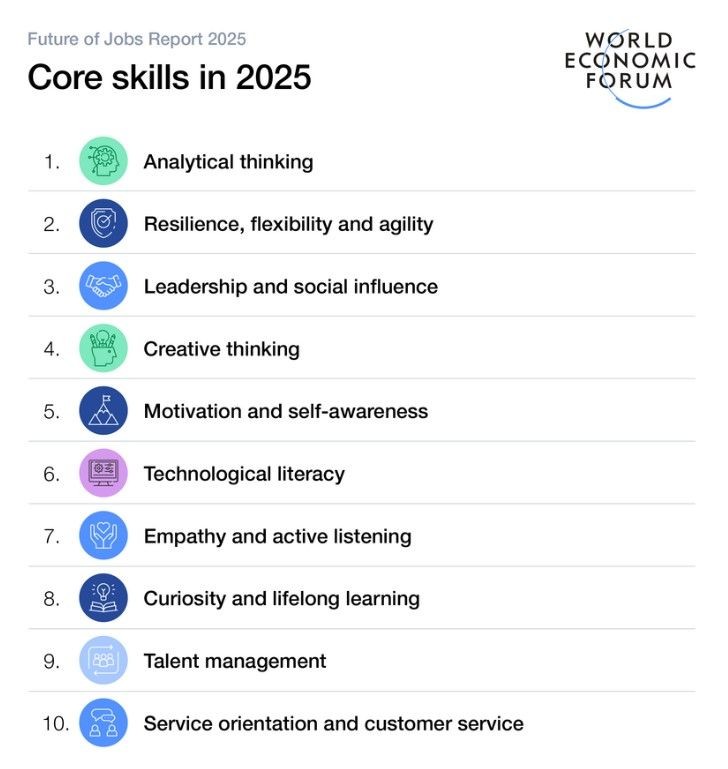
Education is not about uploading information. It’s the process of building new wires in the brain, of reshaping how we think, how we solve, how we relate .
It’s messy, emotional, hands-on, deeply human work.
The future is full of potential. It calls for flexibility, collaboration, emotional intelligence, and creativity. And that future deserves a learning system built to match it.
That’s exactly why we created ClassX. To reimagine learning in the same way Hallidie reimagined movement, not as a fixed path, but as a system built to elevate people. We’re using the power of underutilized venues and hosts from all over the globe, just like Airbnb did, to unlock learning spaces in every city. And we’re tapping into the expertise of the top 1% instructors to launch and scale classes with unmatched quality and depth.
You can now learn how to cook pasta from an Italian chef, pitch to investors with a Silicon Valley VC, or build AI with a C-level tech leader. You can become industry-certified by the company who created the technology, whether blockchain or cloud. In real life. In your city. In a room filled with people who want to grow just like you.
It’s in-person, community-driven, flexible, and deeply human. And yes, in-person learning is scalable. It’s not about how many times people attend the same course like in traditional EdTech, it’s about how many seats are filled in classrooms globally. If an events app can reach millions of users attending different events, ClasseX app too can reach millions of learners attending different classes. Just look at Eventbrite, reaching 89 million monthly average users, distributing over 83 million paid tickets across more than 4.7 million events. That’s proof that real-life experiences can scale when powered by the right systems. It’s designed for connection, not isolation; for growth, not just content delivery.
People deserve access to a lifelong learning journey that’s flexible, goal-oriented, human-centered. They deserve to learn from the best without ruining their pockets, to meet like-minded peers in the same classroom, and to grow alongside them. They deserve to learn in community, not in isolation, and to navigate new skills as they grow and face new opportunities.
Tech? AI? They’re the perfect allies to build such a system.
Because if we can reinvent how we move through the world, we can reinvent how we grow in it, too.
And the best part? We already did.
Wanna see how it looks like: https://www.youtube.com/shorts/Dq4UUog0Upg
Wanna see how it works? Download the app and join the movement today:
- For iOS: https://lnkd.in/gEhDRwYA
- For Android: https://lnkd.in/gm3nv-Cnhttps://lnkd.in/gm3nv-Cn
